A team of gas utility workers laying pipes in northern Lima, Peru, stumbled upon an ancient discovery during their work, uncovering a 1,000-year-old pre-Inca mummy—one of a string of archaeological finds in a city rich with a historical past. The find was made in the Puente Piedra district, where workers were digging trenches to expand the natural gas network.
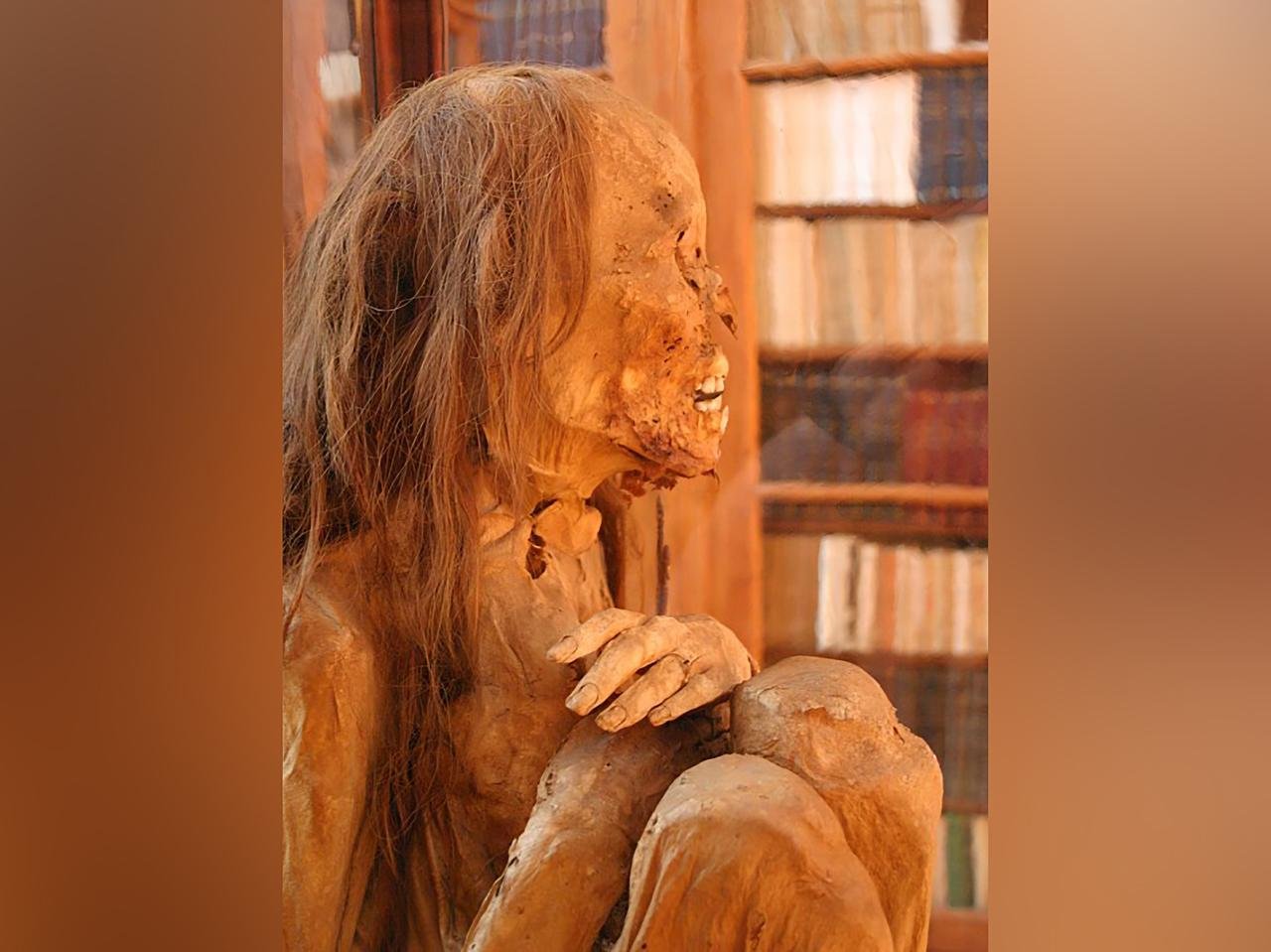
The find was just 20 inches (50 centimeters) beneath the ground when workers came upon the trunk of a huarango tree—historically used as a tomb marker in Peru’s coastal area. The presence of the tree indicated the probable presence of a grave. While excavating further, archaeologists discovered the remains of a teenager between the ages of 10 and 15 who was buried in a seated position with arms and legs bent, wrapped in a shroud with ritual objects.
“The burial and the objects correspond to a style that developed between 1000 and 1200 CE,” said archaeologist Jesus Bahamonde, scientific coordinator of the Calidda gas company. He further noted that the burial contained calabash gourds and a set of ceramic items—plates, jugs, and bottles—adorned with geometric motifs and figures of fishermen. Such artistic features and burial style point to the Chancay culture, a coastal culture that existed from the 11th to the 15th century in central Peru.
Jose Aliaga, an archaeologist with utility Cálidda, said the mummy retains visible characteristics such as dark brown hair and was discovered in a seated position and wrapped up, characteristic of funerary attitudes among ancient Peruvian cultures. Such a burial suggests regional cultural mummification practices in which arid coastal conditions naturally preserved bodies.
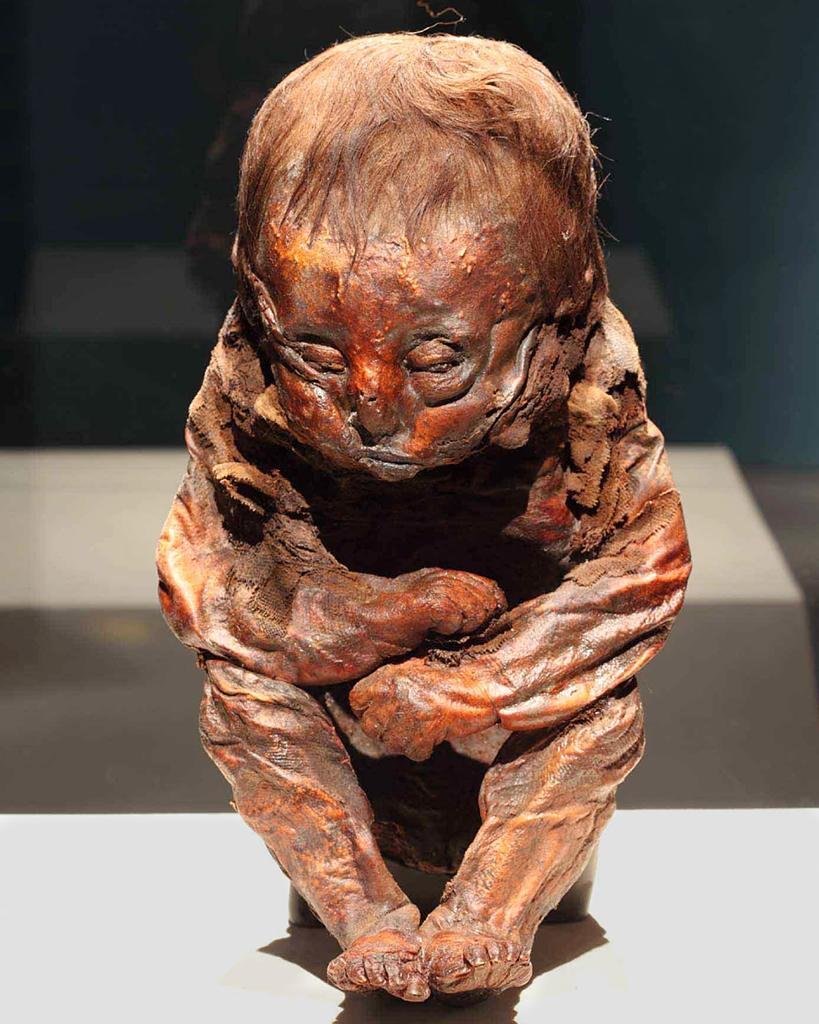
Although the find is stunning, it is not particularly surprising. Lima, a sprawling city of 10 million people, overlays an ancient landscape with more than 500 archaeological sites.
Peru requires all utility companies to employ archaeologists whenever subsurface construction is undertaken because there is a strong possibility of encountering heritage artifacts. Cálidda has uncovered more than 2,200 archaeological items during routine infrastructure work.
This recent discovery adds another valuable fragment to Peru’s historical jigsaw puzzle and underlines the richness of culture that lies beneath the surface of Lima’s modern streets.



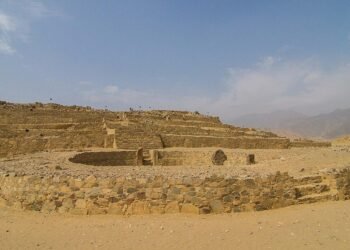
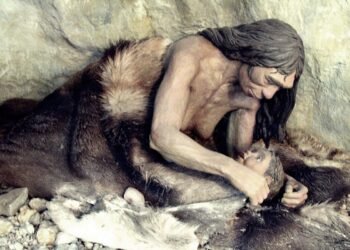
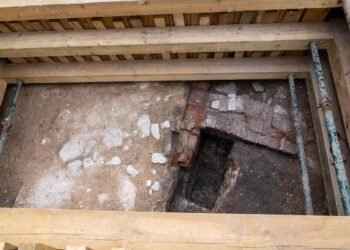
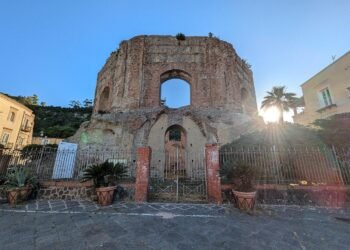
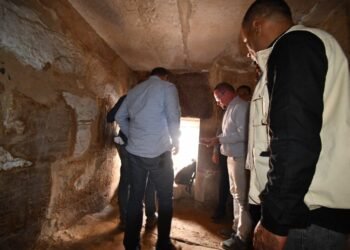
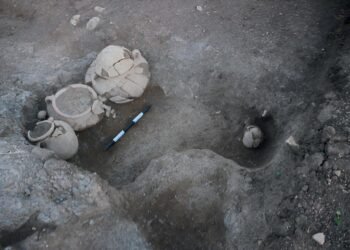














Comments 0